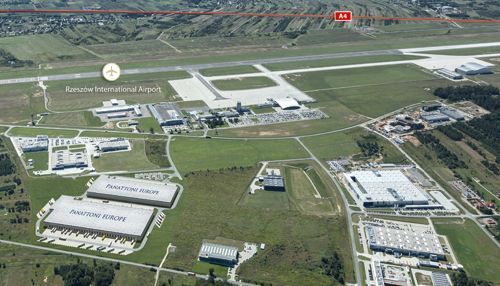The impressive growth of the warehouse market in Poland has naturally led to an increased geographical diversification of the major logistics locations in the country. While the Warsaw area, Silesia, Poznań, central Poland and Lower Silesia remain by far the largest and most important markets, a number of interesting alternatives have emerged on the Polish logistics map in recent years. “The development of such emerging markets often starts with the construction of BTS projects, that is, those that meet the requirements of a given tenant and are fully occupied by that tenant,” explains Wioleta Wojtczak, the head of research at Savills in Poland. Several boxes need to be ticked for a location to evolve into a growing regional market. “For developers planning warehouse projects, good transport infrastructure, a well-developed labour market and the quality of the available land – both in legal and infrastructural terms – are the key criteria,” comment































































